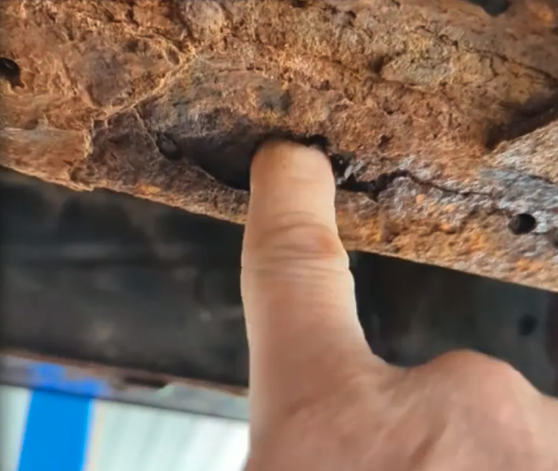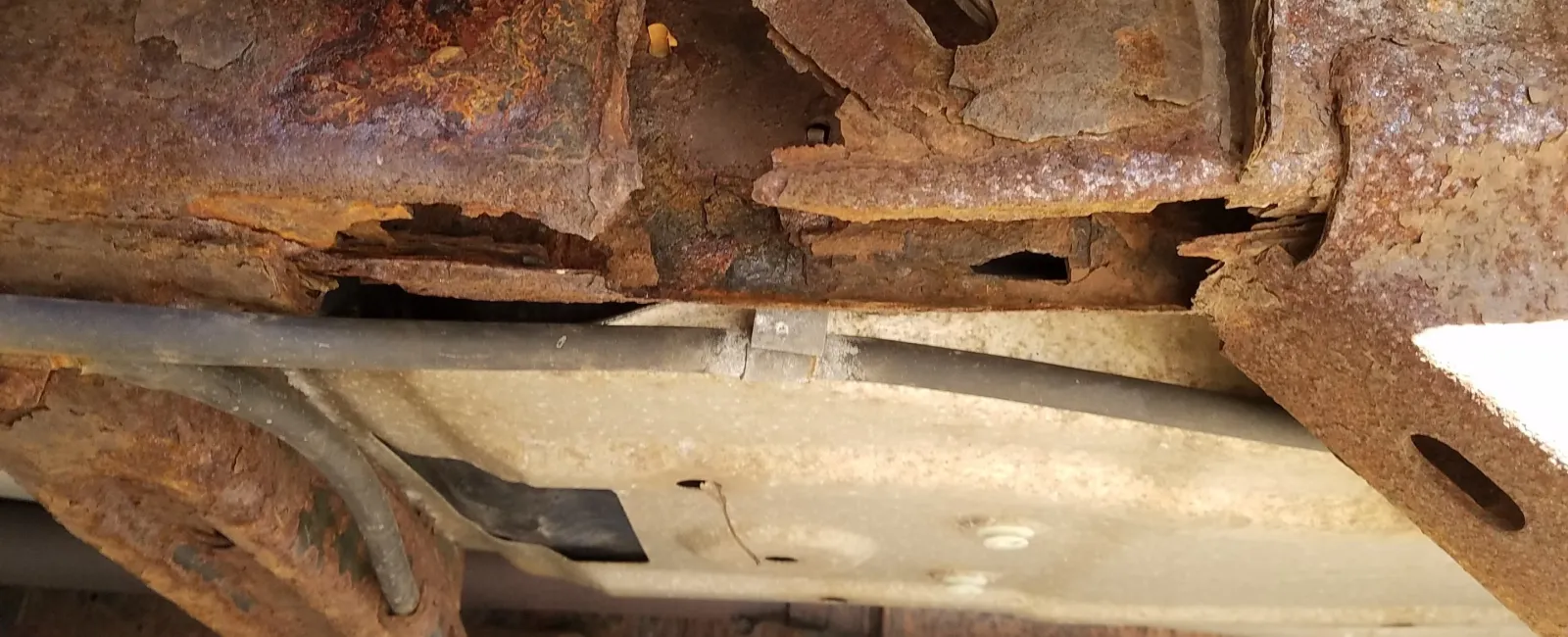Rust might seem like just a reddish-brown stain on metal, but it's actually an ongoing chemical process driven by air and water. If you've ever seen an old bike left out in the rain, you know what rust looks like: flaky, rough, and a sign that the metal is breaking down. But what exactly is rust, and how can something like Lanolin help prevent it?
What Is Rust? What is Oxidation?
Rust is a type of corrosion that happens due to the chemical reaction that metal has when exposed to oxygen and water. This reaction turns metal into iron oxide, the scientific name for rust. You may also hear this reaction referred to as Oxidation, which is defined as "a chemical reaction that takes place when a substance comes into contact with oxygen or another oxidizing substance". For you engineers out there, Oxidation is any process where an atom or ion loses electrons by reacting with oxygen or another oxidizing agent, often resulting in a change in the substance's appearance or properties.
Examples of oxidation are rust (of course), and the brown color that appears on and inside an apple after it has been cut open and exposed to oxygen for a while, and the black charred effect that appears on and inside wood logs as they burn in a campfire.
When metals are exposed to moisture and air, the oxidation slowly transforms it on the surface and then deeper inside, weakening the metal over time.
You can think of rust like a tiny, slow-moving campfire: just like wood logs become charred, flaky, and turn to ash - the metal becomes rough and flaky starting on the surface and then working deeper, which leads to thin spots over time.

Why Is Rust a Problem?
Rust isn't just an eyesore; it can cause serious damage. When rust forms, it eats away at the metal, making it brittle and flaky. Over time, this weakens the structure of the metal. For things like cars, bridges, or even ships, rust can be dangerous, leading to parts breaking or collapsing. That's why finding ways to prevent rust is so important.
How Can Rust Be Prevented?
There are many ways to protect metal from rust. Coating the metal with the right products to keep water and oxygen away from the surface is the best method. One substance, that is actually all-natural, has emerged over the last several years as an excellent rust fighter: Lanolin.
What Is Lanolin?
Lanolin is a waxy, thick substance produced by sheep's to protect their wool and skin. Sheep spend most of their lives outdoors, often in very harsh conditions, and the miracle that is evolution gave them the ability over time to produce this amazing substance. It's a natural oil that repels water, helping sheep stay dry even in the toughest conditions. People have used Lanolin for centuries in skincare products. But its thickness and outstanding water-repelling properties make it a great tool for protecting metal from rust, too.
How Does Lanolin Prevent Rust?
When applied to metal, Lanolin forms a thick, protective barrier. Almost like a thick mucus - thicker than motor oils. This barrier seals out moisture and oxygen, the two main ingredients needed for rust to form. Think of Lanolin like an invisible raincoat for metal surfaces. It clings to the metal, staying put even in harsh conditions. Its thickness helps it adhere firmly, making it especially useful for protecting tools, machinery, and yes, vehicles that are exposed to the elements.
The Benefits of Using Lanolin
Lanolin isn't just effective; it's also environmentally friendly. Unlike some chemical rust inhibitors, Lanolin is biodegradable and safe to handle. It doesn't produce harmful fumes or damage the environment, making it a sustainable choice for rust prevention. Plus, Lanolin is long-lasting and doesn't easily wash away, which means less frequent applications and better protection over time. You can even rinse it with a garden hose and it will stay in place. Dip your hands in some - it will take you several vigorous washings/scrubbings with dish soap to get it off.
Conclusion
Rust is a powerful force of nature, slowly breaking down iron and steel. But with a little science and the help of natural substances like Lanolin, we can fight back. Whether you're preserving tools, protecting outdoor equipment, or caring for a vintage car, Lanolin offers a safe, effective way to keep rust at bay. So next time you see rust forming, remember: nature's solution might just come from a sheep's woolly coat!
